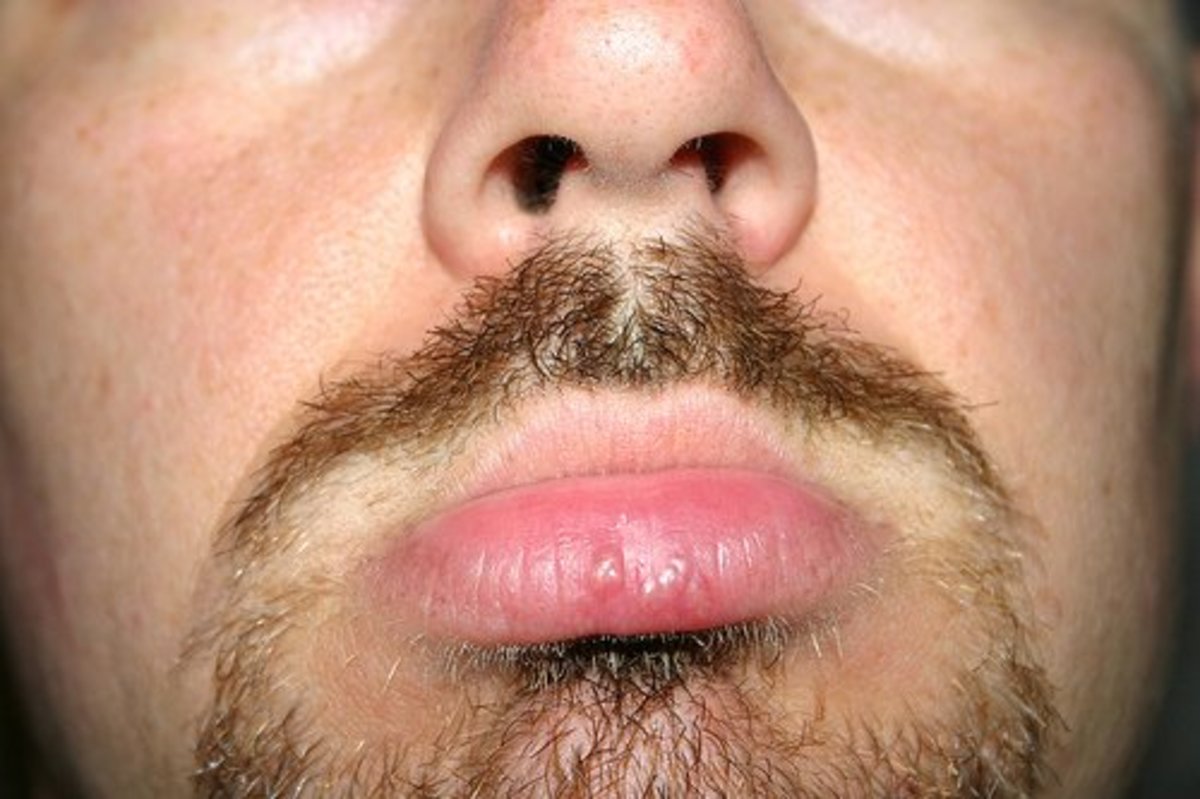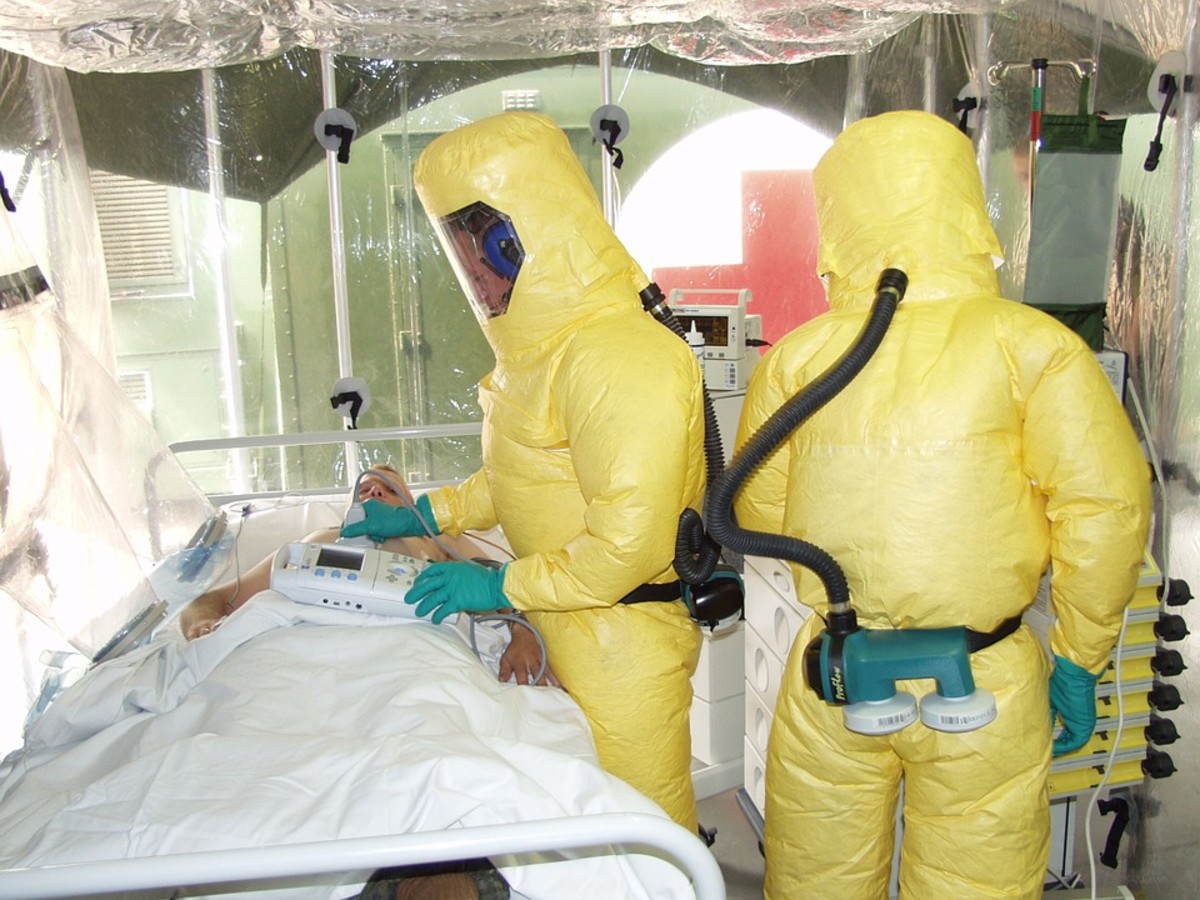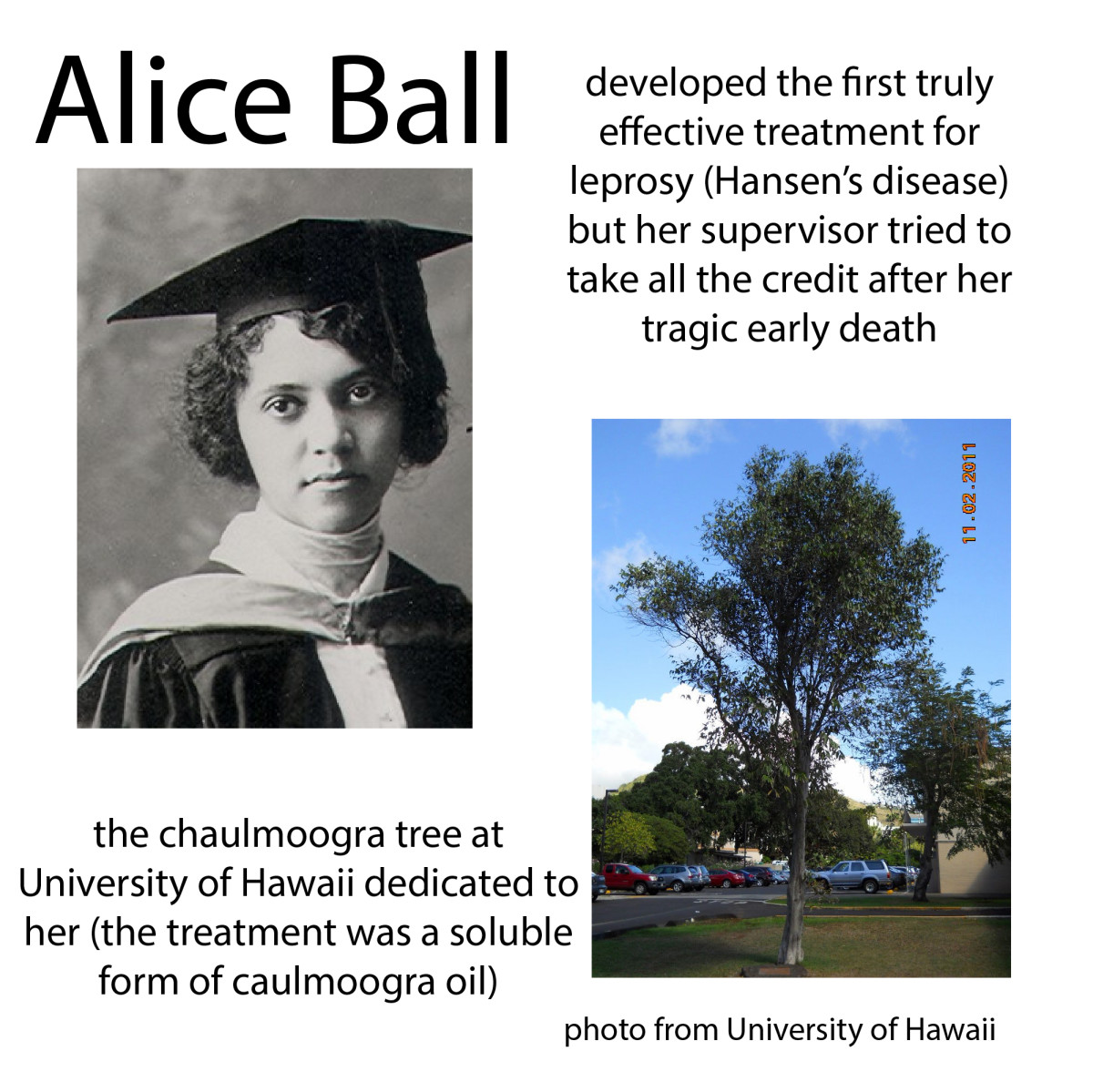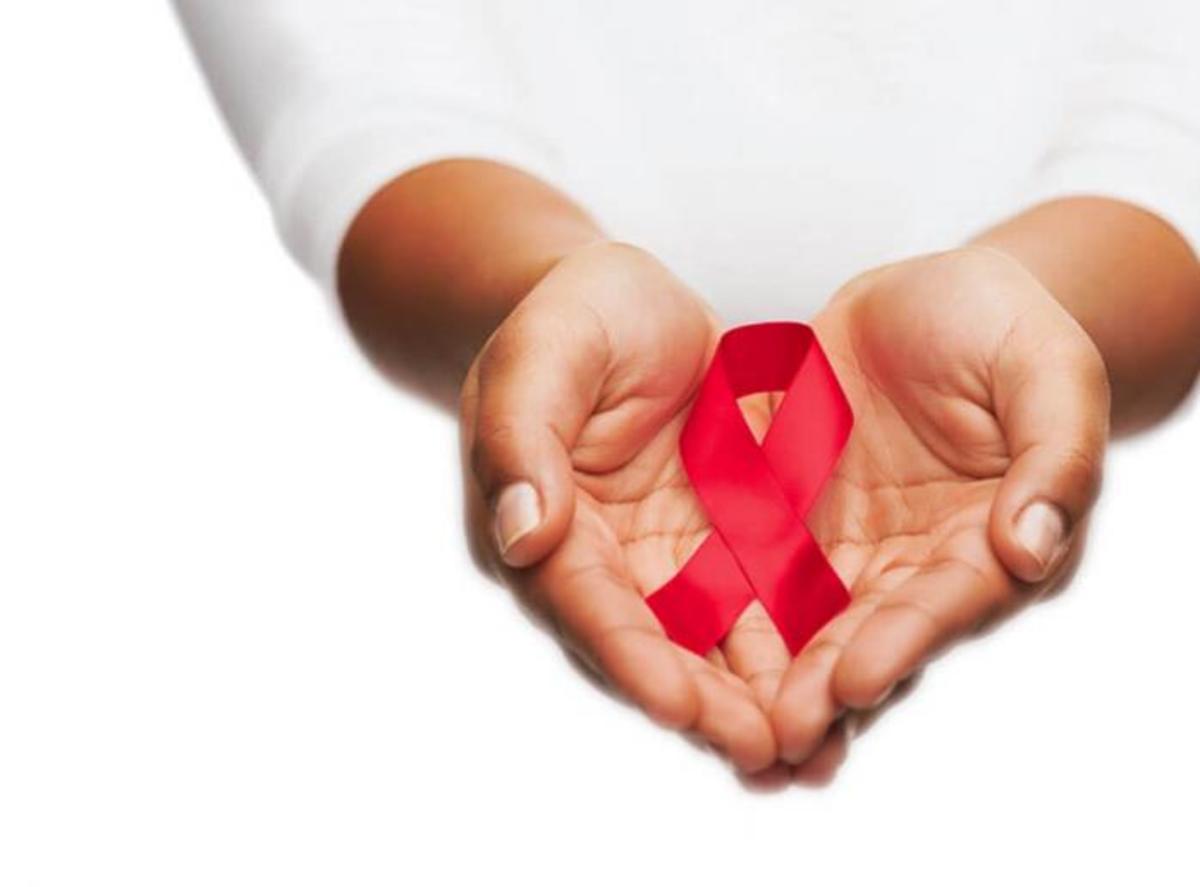Outbreak of Monkey Fever in India – Who is to be blamed?
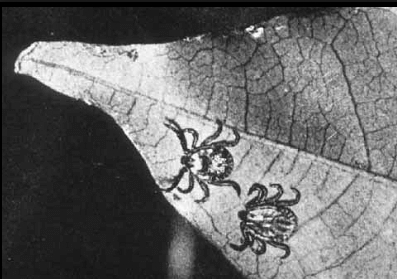
Monkey Fever a new viral disease
A viral disease that caused the death of a large number of monkeys in the Kyasanur forests of Karnataka, India, was called Monkey fever. This disease got transmitted to human beings also and is now increasing at an epidemic rate.
Every living organism has an inherent tendency to adapt to the existing environment so that it can survive well and propagate itself to continue its race. When the environment becomes intolerable it tries to mutate so that it can change into a form that is most well adapted to the changing environment. Same is the case with disease causing micro-organisms like viruses, bacteria, etc. This poses a constant challenge to the medical team as they need to identify the new virus, understand its mode of action and design a vaccine against it. Rapid change in the environment, mainly due to the current environmental pollution, has caused a rapid surge in new disease causing micro-organisms, which either directly or indirectly affect the human beings. Some of these diseases include, Chikungunya, dengue, swine flu, monkey fever, etc
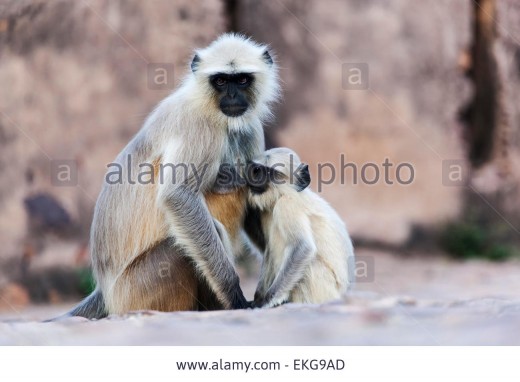
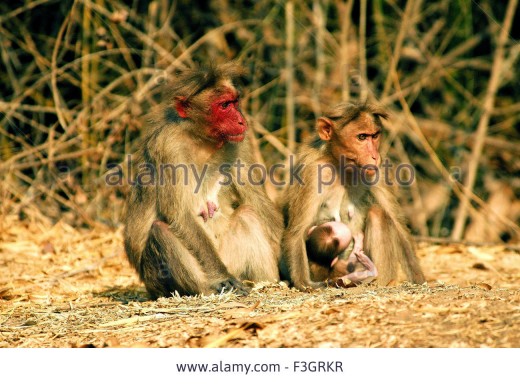
History of Monkey Fever
An outbreak of the febrile disease, monkey fever was first reported, in people living near the Kyasanur Forest in Karnataka state (Shimoga district), India. Based on the forest area from where this disease was first discovered, this disease came to be known as Kyasanur forest disease (KFD). Heavy death toll of a large number of monkeys belonging to two main species, i.e., black-faced langurs (Semnopithecus entellus) and red-faced bonnet macaques (Macaca radiata), led to the discovery of the disease. The outbreak of the disease in monkeys was followed by the outbreak of illness and death of a few villagers living in the areas nearby to the forests. Samples of blood were collected from monkeys and human beings and subjected to virological testing. A completely new and unrecognized virus was isolated from these samples, which was found to be related to the Russian spring-summer encephalitis (RSSE) complex of tick-borne viruses. This virus was named as Kyasanur forest disease virus (KFDV). It belongs to the virus family Flaviviridae.
Transmission of virus to humans?
The major vector (or the carriers of the disease) are ticks belonging to the species Haemaphysalis spinigera. The disease gets transmitted to humans or monkeys through the bite of these ticks. Usually, the nymphal stage of the ticks is considered to be most effective for the transmission of the disease to human beings. Small rodents are the main hosts or reservoirs for this virus. These rodents act as reservoirs for the tick-borne flaviviruses. This means that the rodents can become infected by a virus, to develop a low-level viremia, that is sufficient to transmit the virus to a blood-feeding arthropod (ticks in this case), but do not become ill during this process.
The success of the virus that circulates between the vector and reservoir depends critically on the efficiency of the reservoir species. Rodents serve as very good hosts for the virus as their generation time is short. Thus a large population of naïve rodents is always available for the attack of the virus.
Larger cattle like goats, cows, and sheep may also become infected with KFDV as adult ticks feed on them. However, these large animals play a primary role in the proliferation of ticks and are not directly involved in the transmission of the disease. Some other animals like shrews, bats, and monkeys may also carry the virus. Human beings can also get the disease through contact with an infected animal, such as a sick or recently dead monkey.
General life cycle of the ticks and epidemic period of the KFD
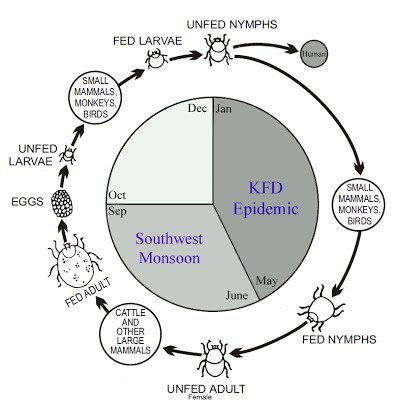
General symptoms of KFD
The initial symptoms that mark the onset of the disease include sudden chills, high fever (about 400C), frontal headache and noticeable sensitivity to light. This is followed by clinical symptoms like continuous fever for 12 or more days accompanied with diarrhea, vomiting, cough and severe pain in the neck, low back and extremities. Blisters on the upper and inner mouth are commonly noticed. Some other commonly noticed symptoms include, bleeding in gums, nose and gastrointestinal lining (resulting in dark feces). Fresh blood in the stools and cough (hemoptysis) are quite common.
The convalescent phase is quite prolonged, maybe up to 4 weeks, making the recovery delayed. The relapse of the symptoms is often observed after 1 to 2 weeks of the first febrile period. The symptoms observed during the relapse period are almost similar to that of the first phase. However, some additional symptoms such as mental disturbance, giddiness, tremors, rigidity, photophobia, eye pain, defective vision and reflex abnormality are often seen. Some of the hematological features noted constantly through out the KFD include: reduction in the number of white blood cells (leucopenia) and reduction in the number of blood platelets (thrombocytopenia). KFD proves to be fatal, when intra-alveolar hemorrhage (oozing of blood into the lungs) takes place, resulting into secondary infection or due to massive gastrointestinal hemorrhage.
Distribution of KFD in India
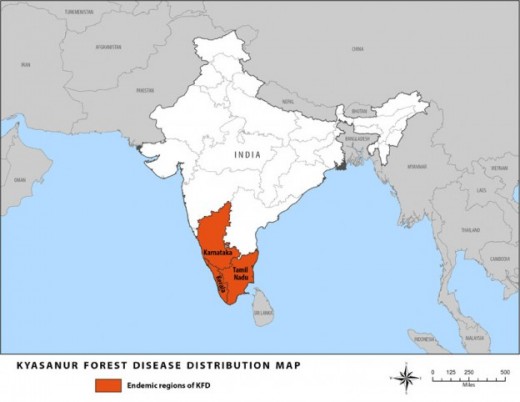
Alarming increase in the monkey fever cases
Initially, this disease was detected only in Shimoga district but now it has been recorded in four more districts of Karnataka State: Chikkamagalore, Uttara Kannada, Dakshina Kannada, and Udupi. Early studies reported that KFD is limited only to the Karnataka state, but an antibody survey conducted in the late eighties showed that the disease has spread even to the neighboring states, that is, Kerala and Tamil Nadu. According to the latest report published in January 19th, 2016, a mauxi women (women belonging to Mauxi village in Sattari) succumbed to monkey fever in Goa. This shows that the disease has even spread to Goa state. The villages from Goa which have come under the grip of KFD are Mauxi, Zarmen, Copordem, Budruk, Karmali and Saleli villages in Sattari taluka. These villages are located in the north eastern part adjoining Mhadei Wildlife Sanctuary in Goa. Initially 40-1000 cases were reported with a mortality rate of 4-15%. But there has been a drastic surge in the number of cases since then.
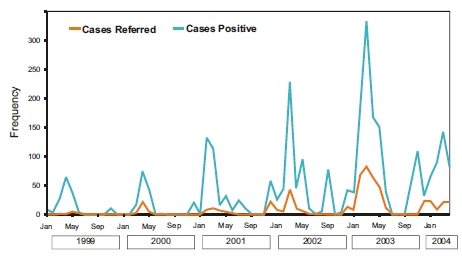
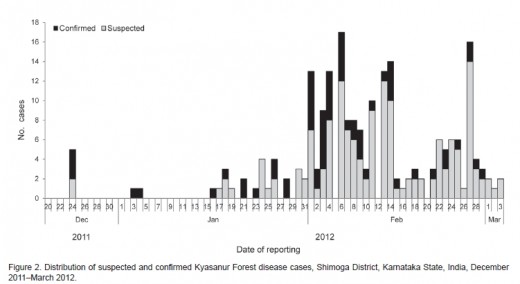
Monkey fever: Is it due to human animal conflict?
Studies have shown that a large scale deforestation followed by unplanned farming has definitely contributed towards the increase in the unwanted arthropod vectors, such as triatomid bugs, sandflies, tsetse flies, ticks and mosquitoes. Monkey fever is also an outcome of such unplanned activity.
There has been a recorded increase in the human population in the Sagar taluk within the Shimoga district, in 1950s. This could have led to significant disturbances in the local ecosystem. The primary factors that contributed towards these disturbances were, increased deforestation rate and new land-use practices for farming and timber harvesting. These factors led to prominent changes in the tick fauna which might have triggered monkey fever outbreaks. Deforestation disturbs the habitat of the rodents (reservoir hosts) and forces them to relocate into the human settlements. Even the monkeys had to come to human settlements in search of food. Larval and nymphal ticks attach to monkeys and rodents and thus reach the human settlements.
An integration of livestock in agricultural development schemes is always encouraged as it increases the protein production. But it has its own side effects also. For example, man-made factor such as cattle rearing has favored high vector density in human settlements lying adjacent to forest areas. Adult ticks get attached to the large mammals when they graze in the deforested areas and the reach the human settlements. It is quite clear the cattle help in the proliferation of the ticks and thus help in the transmission of the disease.
What is the solution?
There is no doubt that the economic development and increased food production is essential to meet the demands of the increasing population, but can this be achieved only at the cost of our treasure houses i.e. forests. Why can’t we plan for a more sustained development and stop playing with nature? Currently, this disease is being prevented by the use of formalin-inactivated tissue-culture vaccine. Tribal people who are more prone to this illness are being vaccinated and are also advised to use tick repellants before entering the forest. But what would happen if this virus spreads to other areas also and affects a large number of populations.
We should work hard to remove the root cause of the problem. Our current economical situation encourages the farming of paddy or wheat or some other cash crops. We have reached a juncture where we need to ask a question: can’t we sustain without these crops? Our bountiful forests produce several products like rare fruits, roots and tubers, medicines which can be taken without disturbing the forest ecosystem. In fact, several wild foods such as fibres, seeds, tubers, leaves and stems can also be consumed during the scarcity of food. There are several other forest products such as gums, arabic, honey which can be sold in market for a good price.
So the only solution is to preserve forest and to learn to grow along with them. This would not only prevent us from many diseases, but also keep our Earth healthy for the future generations.



